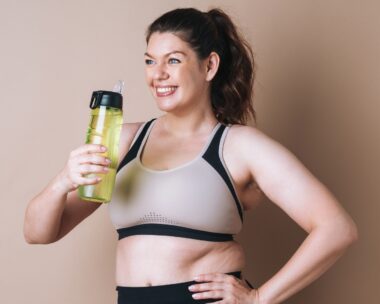They’re so tiny you can’t see them, but dust mites can make life miserable for people who are allergic to their droppings.
If your child seems to have a constant snuffly, itchy or runny nose and irritated eyes, they could have a dust-mite allergy. Asthma and eczema can also be triggered by dust-mite allergy.
Mites thrive in warm, humid conditions and even very clean houses can play host to millions of them. They love human and animal skin and tend to congregate on surfaces, such as bedding, carpet, toys and soft furnishings, that can harbour skin cells. According to Allergy New Zealand, dust mite numbers peak in March and April, so if you have a child who is allergic, here’s how to help prevent things getting worse over the next couple of months.
• Use dust mite covers on bedding, including pillows. These purpose-made covers keep mites inside the mattress and pillows so they can’t get to the skin cells that you shed.
• Remove carpets, especially those with thick underlay – they are the perfect place for mites to hang out. If you really must have carpet, opt for rugs that can be easily washed or treated with an anti-microbial product.
• Use a vacuum with a HEPA filter, which stops particles from being redistributed throughout the room.
• As well as vacuuming floors at least once a week, vacuum upholstery and curtains.
• Keep toys in a wooden box with a lid to stop them getting dusty. Plastic containers are less effective because they can retain moisture, which encourages dust mite activity.
• Every couple of months, put your child’s soft toys in the freezer to kill the mites, then put them in the sun for six hours or the dryer for half an hour.
• Wash bedding once a week in very hot water – it has to be over 60oC to kill mites.
If possible, dry bedding in sunlight. Wash your curtains regularly at the same temperature.
• Avoid using pillows and duvets made of down.
• Dust using a damp rag – a dry cloth just stirs up the mites.
• If your allergy-prone child sleeps in a bunk, they should have the top mattress rather than the bottom one as mites can be released from above.




